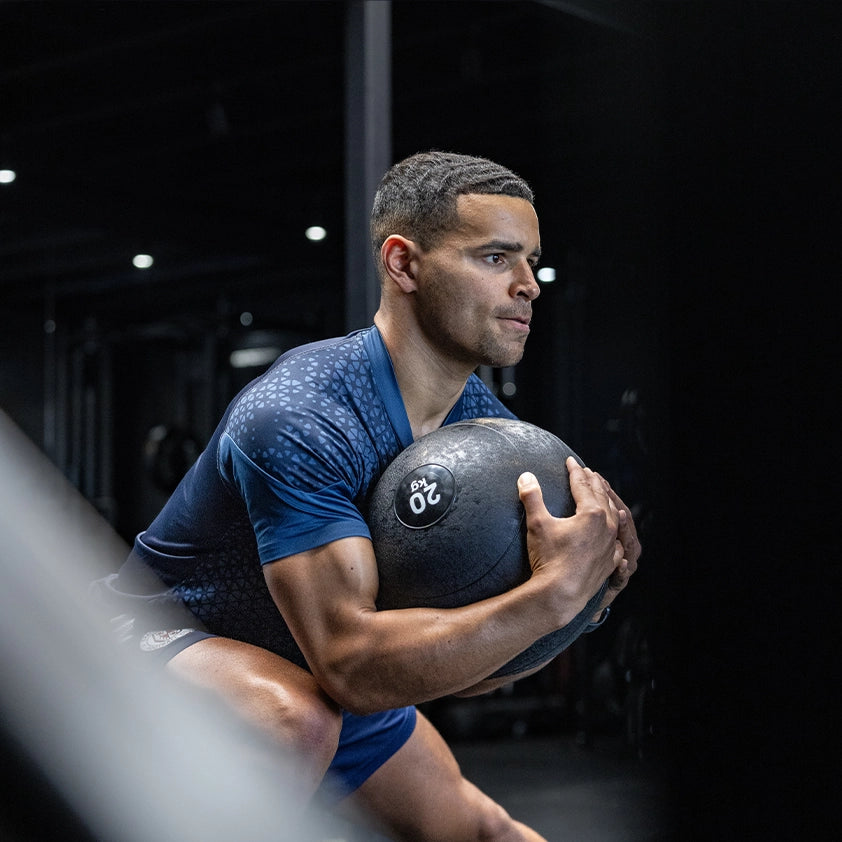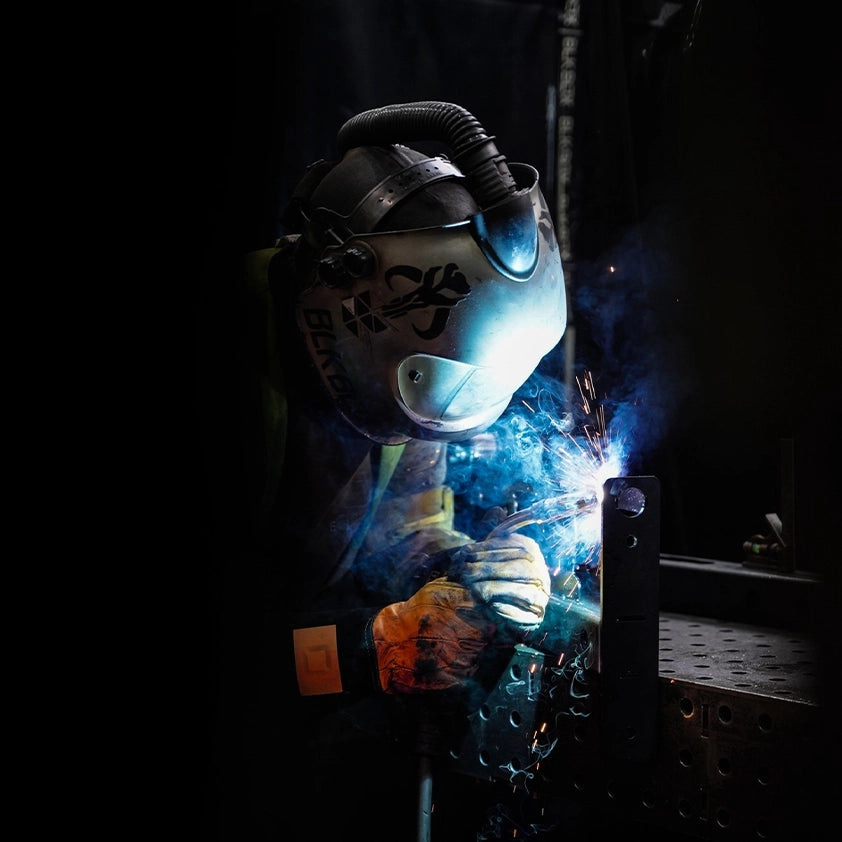Leg Press Machine Buying Guide: What to Look For in a Bilateral or Unilateral Setup
 Whether you’re building a commercial facility or refining a home gym, a leg press machine remains one of the most effective tools for lower-body training. But not all are created equal - so how do you choose the right one?
Whether you’re building a commercial facility or refining a home gym, a leg press machine remains one of the most effective tools for lower-body training. But not all are created equal - so how do you choose the right one?
Key Features to Consider
| Feature | Why It Matters |
|---|---|
| Bilateral & Unilateral Options | Look for independent cradles or platforms. These allow you to train each leg separately or together, offering more versatility in programming. |
| True Weight Percentage | Machines often don’t reflect the full load. Find out how much of the loaded weight you're actually pressing. |
| Footplate Size | Larger footplates (e.g. 420mm x 520mm) allow for a variety of foot placements to target different muscles. |
| Adjustable Back/Seat Angles | Ideal for athlete comfort and optimised joint angles during pressing movements. |
| Smooth Travel & Bearings | A high-quality machine should offer smooth, self-aligning travel—this becomes important as loads increase. |
| Load Capacity | Commercial environments need machines capable of handling high loads (400kg+). |
| Durability & Finish | Look for industrial-grade steel, quality welds, and easy-clean vinyl upholstery for long-term use. |
A Closer Look: The BLK BOX Bilateral Leg Press
Manufactured in the UK, the BLK BOX Bilateral Leg Press meets all the criteria above and is drop-tested to 400kg. It supports both bilateral and unilateral training, offers a 1200mm range of motion, and features high-density pads for comfort.
This makes it a strong contender for performance centres, universities, and gyms looking for versatility, reliability, and ease of use in one solution.















